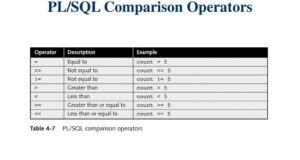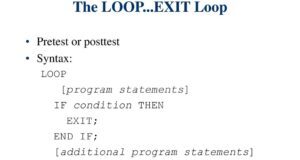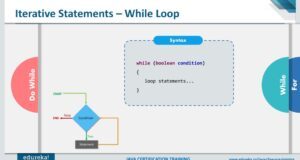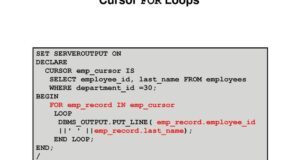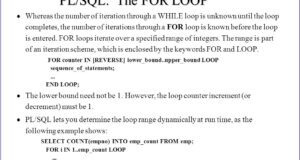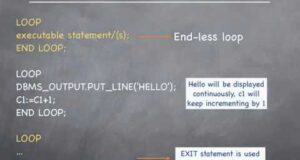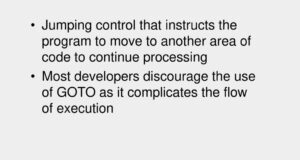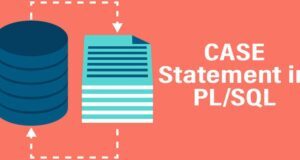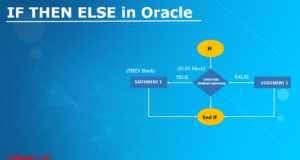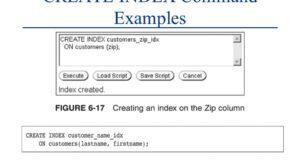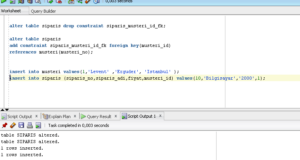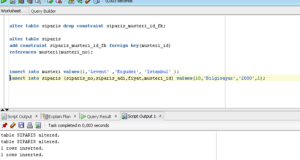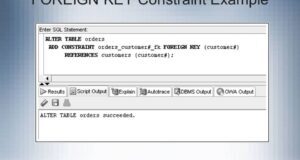Tag: Oracle Database
The Oracle OR condition (also called the OR statement) is used to check several conditions in which records are returned when a particular condition is true. It can be used in SELECT, INSERT,...
The Oracle condition AND (also called AND operator) is used to check two or more conditions of SELECT, INSERT, UPDATE or DELETE operators. Syntax of the AND condition in Oracle/PLSQL WHERE...
Comparison operators are used in the WHERE sentence to determine which records to select. Here is a list of comparison statements that you can use in Oracle PL/SQL:Comparator...
In Oracle, the EXIT statement is most commonly used to complete a LOOP cycle. EXIT statement Syntax EXIT [WHEN boolean_condition]; Options and arguments of the operatorboolean_condition...
In Oracle, the WHILE LOOP cycle will be executed as long as the condition is true. Syntax of the WHILE LOOP operator WHILE condition LOOP {...} END LOOP; Operator parameters and...
Oracle/PLSQL CURSOR FOR LOOP Statement can be used when you want to upload and process each cursor entry. CURSOR FOR LOOP will end when all records are taken out of the cursor. Syntax of CURSOR...
In Oracle/PLSQL, the FOR LOOP cycle allows you to execute code again for a fixed number of times. FOR LOOP statement syntax FOR loop_counter IN [REVERSE]...
In Oracle, the LOOP statement is used when you are not sure how many times you want to execute a loop body or execute a loop body at least once. LOOP statement Syntax LOOP {...} END...
The GOTO statement calls for code to go to the tag after the GOTO statement. The syntax for the GOTO statement in Oracle / PLSQL consists of two parts - GOTO statement and LABEL_NAME (transition...
In Oracle statement CASE has IF-THEN-ELSE functionality. Starting with Oracle 9i, you can use a CASE statement in an SQL sentence. Syntax of CASE statement CASE [ ] WHEN condition_1 THEN...
In Oracle, the IF-THEN-ELSE operator is used to execute code when the condition is TRUE (true), or execute another code when the condition is FALSE (false). Syntax (IF-THEN) IF THE CONDITION...
In this post you will learn how to create, delete, disable, and enable unique constraints in Oracle with syntax and examples.A unique constraint is a single field or a combination of fields...
In this post you will learn how to create, rename and drop indexes in Oracle/PLSQL with syntax and examples. What are indexes in Oracle? In Oracle, Indexes is a performance tuning method to...
After creating a foreign key, you may need to drop the foreign key from the table. You can do this with the ALTER TABLE operator in Oracle/PLSQL. Syntax to drop a foreign key in Oracle /...
You will learn how to use foreign keys with cascade delete in Oracle PLSQL with syntax and examples. What are foreign keys with cascade delete? Foreign keys with cascade delete means that if a...
Foreign Keys is a way to ensure data integrity in your Oracle database. A Foreign Keys means that values in one table must also appear in another table.The reference table is called the...



